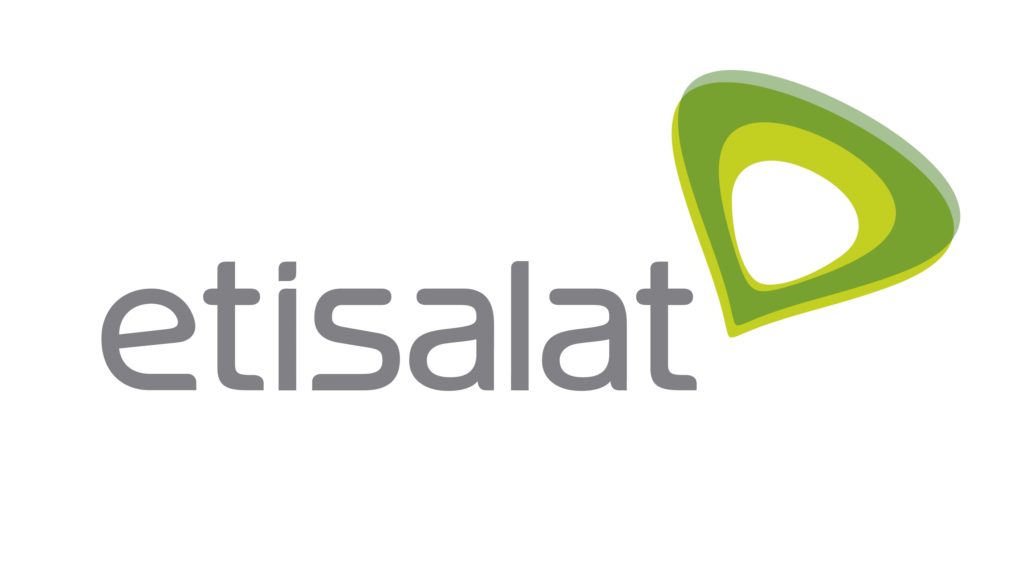Solution Summary: Configuring your own router with an Etisalat eLife ONT primarily involves setting up a PPPoE (Point-to-Point Protocol over Ethernet) connection with your Etisalat username and password, and in some cases, a specific VLAN ID. While the ONT typically acts as a “bridge,” passing the internet signal through, your personal router handles the actual connection and Wi-Fi. Sometimes, a call to Etisalat support is needed to “un-bind” your account or disable certain features to allow your third-party router to connect successfully.
Setting up your own router with Etisalat eLife can be a bit of a maze, especially when you’re trying to escape the limitations of the provided equipment or just want more control over your home network. It can feel like you’re navigating a secret handshake process to get your new gear to play nice. But fear not! This guide breaks down the process, step by step, drawing on common experiences to help you get your custom setup working smoothly.
Tried Everything? Initial Steps to Connect Your Own Router
Before diving into complex settings, here’s the fundamental process. This assumes you already have your Etisalat eLife service active and the ONT (the small white box where the fiber cable connects) is powered on and showing a solid green PON/LOS light.
-
Connect Your New Router to the ONT:
- Find the Ethernet cable that goes from the LAN port of your Etisalat ONT to the WAN (or Internet) port of your new, personal Wi-Fi router. Ensure this connection is secure.
- Make sure your new router is powered on.
-
Access Your New Router’s Configuration Page:
- Connect a computer or mobile device to your new router, either via an Ethernet cable (recommended for initial setup) or by connecting to its default Wi-Fi network (the network name and password are usually on a sticker on the router).
- Open a web browser (like Chrome, Firefox, Edge, etc.).
- In the address bar, type your router’s default IP address (common ones are
192.168.0.1,192.168.1.1, or192.168.X.X– check your router’s manual or sticker). - Log in using the router’s default username and password (also usually on a sticker or in the manual).
-
Configure PPPoE on Your New Router:
- Once logged in, navigate to the “Internet,” “WAN,” or “Network” settings.
- Look for “Connection Type” or “WAN Connection Type” and select PPPoE (Point-to-Point Protocol over Ethernet). This is crucial for Etisalat connections.
- Enter your Etisalat eLife Username and Password. This is your internet account username and password provided by Etisalat. If you don’t have this, you’ll need to contact Etisalat customer service (see “When to Call Support” section).
- Pro Tip: Sometimes, your Etisalat username and password might be hidden in your existing Etisalat-provided router’s settings. If you can access those, look for PPPoE details under WAN/Internet settings. You might need to use “Inspect Element” in your browser to reveal hidden password fields.
- VLAN ID (Virtual Local Area Network ID): Some Etisalat connections require a specific VLAN ID for internet traffic. Common VLAN IDs for Etisalat internet are often in the range of 20-30. If your router has a VLAN ID setting for the WAN connection, you might need to input it. If you’re unsure, try leaving it blank first. If that doesn’t work, search online for common Etisalat VLAN IDs or contact support.
- Save your settings and allow the router to connect. It might take a few minutes to establish the connection. Check your router’s status page for an assigned WAN IP address to confirm internet connectivity.
-
Disable “Plug and Play” or MAC Address Binding (If Needed):
- Occasionally, Etisalat’s system might “bind” your service to the MAC address of their provided router. If your new router isn’t connecting even with correct PPPoE credentials, you might need to contact Etisalat customer service and ask them to “disable Plug and Play” or “unbind the MAC address” for your line, allowing your new router to register.
-
Configure Wi-Fi on Your New Router:
- Once you have internet access through your new router, go to the “Wireless” or “Wi-Fi” settings.
- Set your desired Wi-Fi Network Name (SSID) and a strong password.
- Consider enabling both 2.4 GHz and 5 GHz bands for optimal performance.
Why Your ONT Isn’t a Router (and Why You Need Both)
The Etisalat ONT (Optical Network Terminal) is often confused with a router, but they serve different purposes. Understanding this is key to a successful setup:
- ONT (Optical Network Terminal): This is essentially a “modem” for fiber optic connections. Its primary job is to convert the optical fiber signal from Etisalat’s network into an electrical signal that your router can understand (Ethernet). It’s the demarcation point between Etisalat’s fiber network and your home network. In most Etisalat eLife setups, the ONT operates in a “bridged mode,” meaning it simply passes the raw internet connection through to the device connected to its Ethernet port. It doesn’t typically handle complex routing, Wi-Fi broadcasting, or advanced network management.
- Router: This is the device that creates your home network. It receives the internet signal from the ONT, assigns IP addresses to all your devices (laptops, phones, smart TVs), manages traffic, provides Wi-Fi, and offers features like firewall protection, parental controls, and port forwarding.
Why you can’t fix it yourself if Etisalat’s system is blocking you: While you configure your router, the ONT itself is provisioned and managed by Etisalat. If there’s an issue with how your service is configured on their end (e.g., MAC address binding, incorrect service provisioning), you won’t be able to bypass it with your own router settings. This requires Etisalat to make changes on their network or to the ONT’s configuration.
Getting Official Updates/Info During Configuration Issues
If you’re stuck and suspect a broader issue or need specific configuration details for your line:
- Etisalat Customer Service: They are the primary source for your PPPoE username/password and any necessary VLAN IDs.
- Etisalat UAE App: Sometimes, account details or service information can be found within the “My Account” section of the Etisalat app.
- Online Forums/Communities: While not official, user communities (like the one this guide is inspired by) can be invaluable for finding specific VLAN IDs that have worked for others, or for confirming if “Plug and Play” disabling is still a common requirement.
When to Call Support & The Number
Call Etisalat customer service after you’ve tried the initial troubleshooting and configuration steps outlined above, especially if:
- You don’t have your Etisalat PPPoE username and password.
- Your router isn’t getting an internet connection even after correctly entering PPPoE details and any known VLAN IDs.
- Your Etisalat ONT’s status lights don’t look normal (e.g., the LOS light is red).
- You suspect your account might be “bound” to their router’s MAC address and needs to be unlinked.
You can reach Etisalat Customer Service at 101.
When you call, be prepared to:
- Clearly state that you are trying to use your own router with your eLife connection.
- Explain the steps you’ve already taken (e.g., “I’ve set up PPPoE with my username and password, but I’m not getting an internet connection”).
- Mention if you’ve tried any specific VLAN IDs.
- Ask if your account has any “MAC address binding” or “Plug and Play” enabled that might prevent a third-party router from connecting.
- Have your Etisalat account number or registered phone number ready.
It’s possible they may need to guide you through some settings, remotely reset something on their end, or even schedule a technician visit if there’s an underlying issue with the line or ONT.
Concluding Thoughts
Switching to your own router with Etisalat eLife can significantly improve your home network experience, offering better performance and more control. While the initial setup might require a bit of patience and some specific details (like your PPPoE credentials and potentially a VLAN ID), it’s definitely achievable. Remember to start with the basic PPPoE configuration, double-check your credentials, and don’t hesitate to contact Etisalat support if you hit a roadblock – they can provide the necessary details or make backend adjustments to get you online with your preferred equipment.





